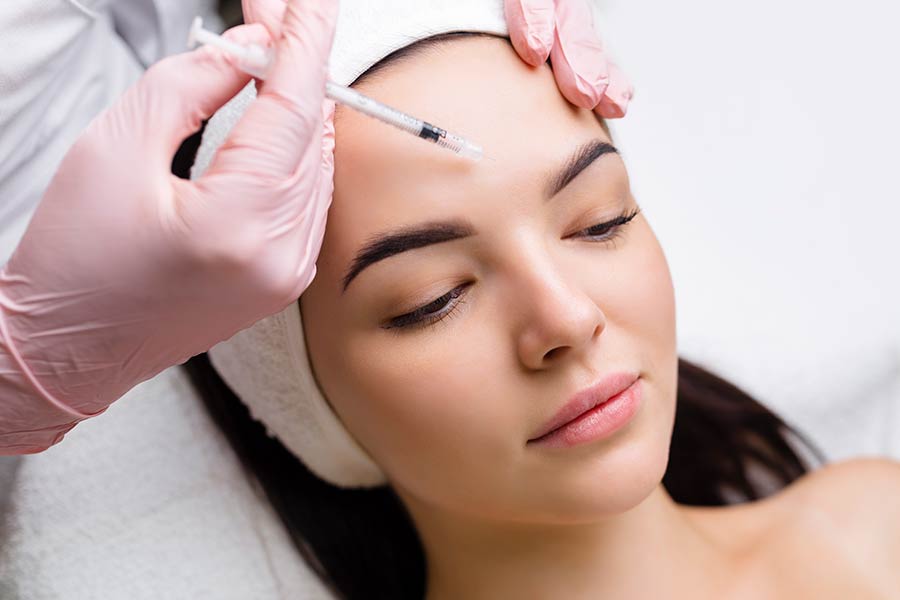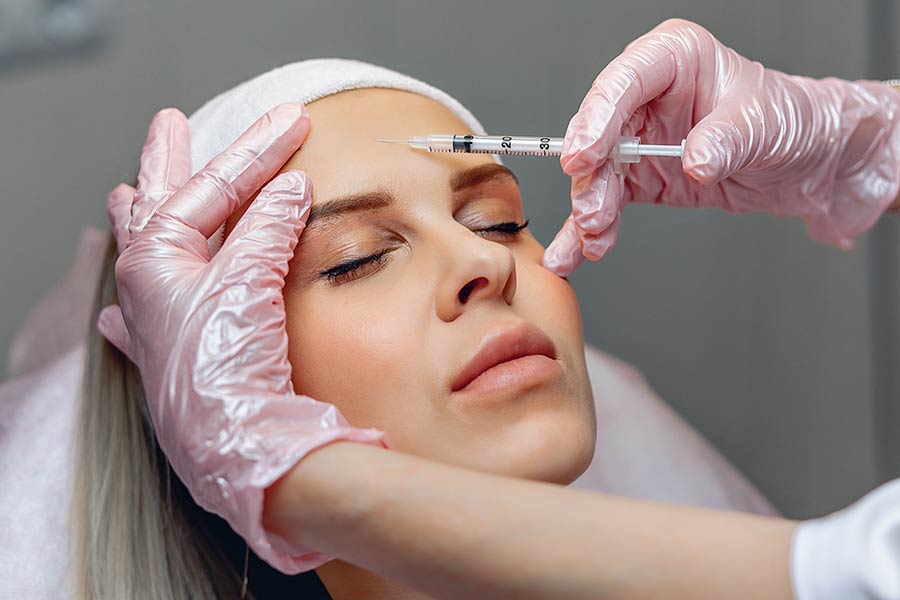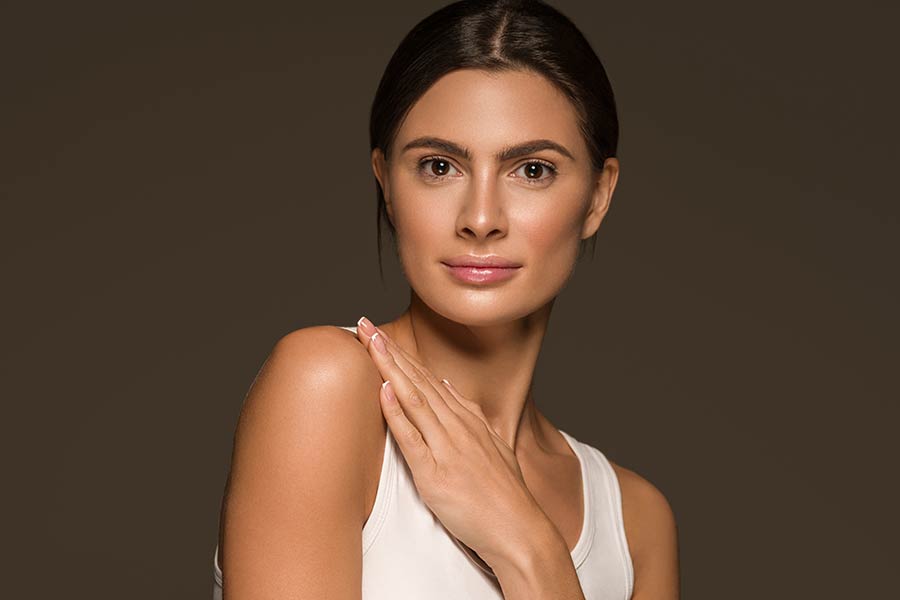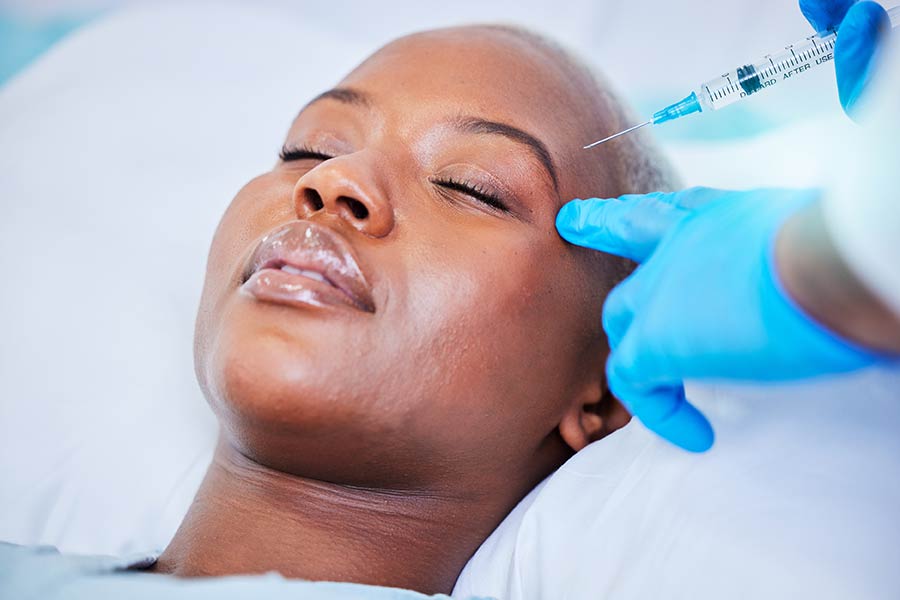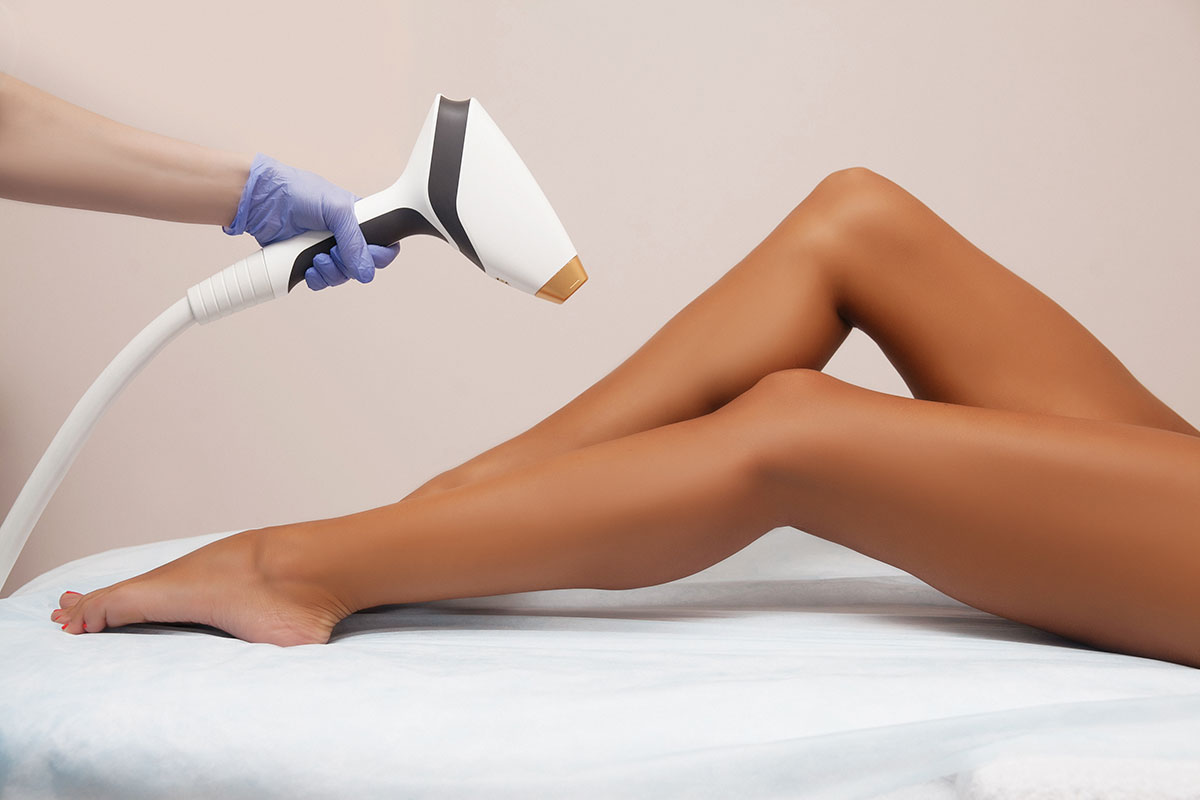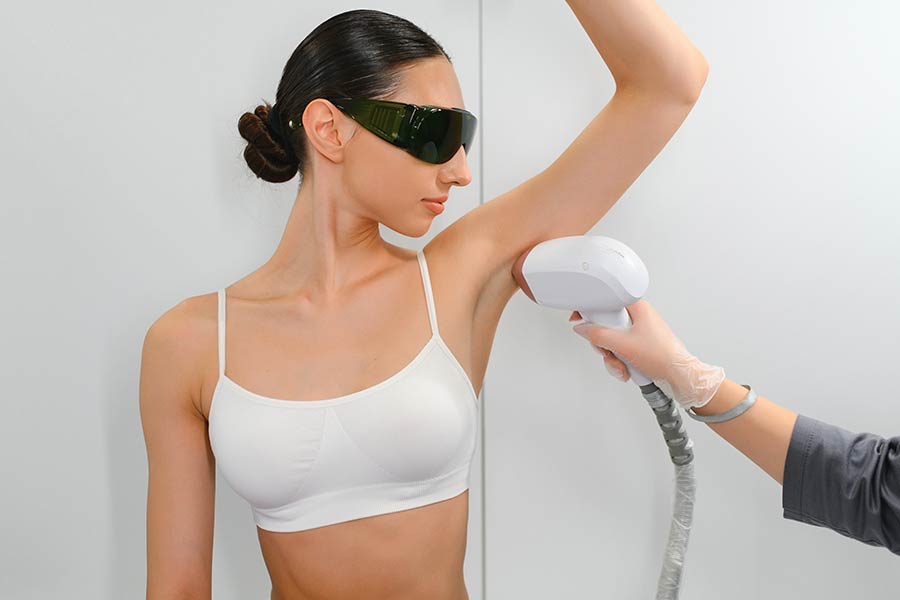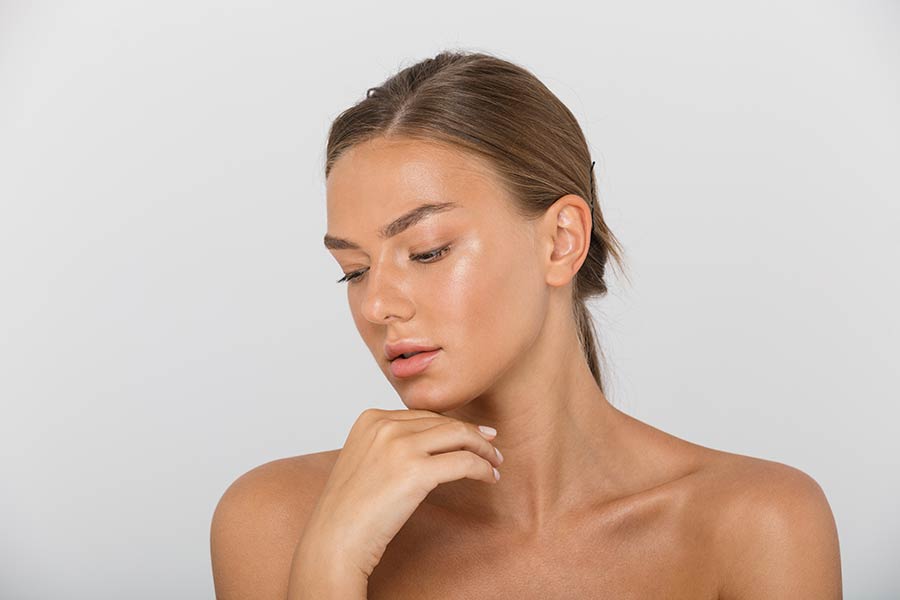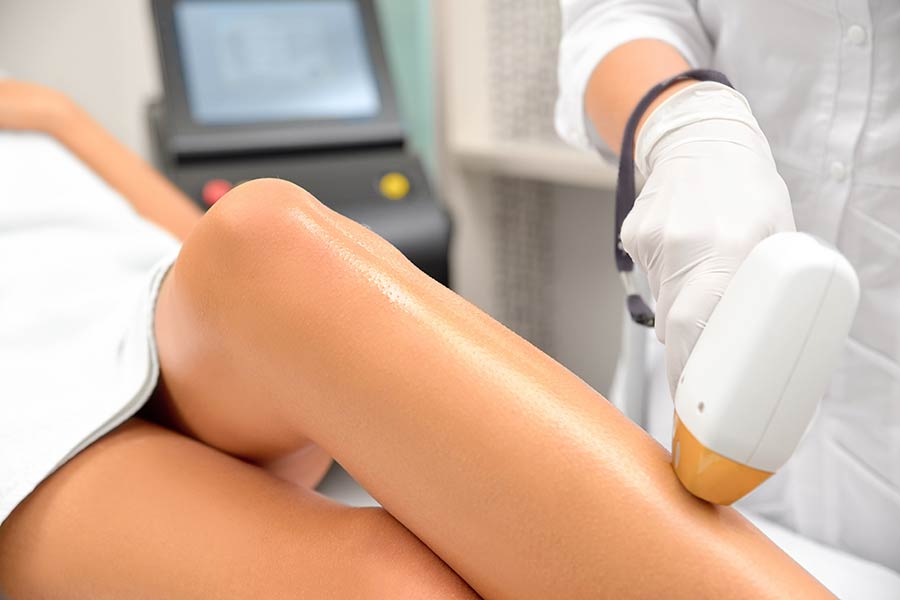Ever wondered about the magic behind those smooth, wrinkle-free foreheads you see on screen? It's often thanks to Botox, a go-to solution for many seeking a youthful appearance. But diving into the world of Botox brings up an important question: how long does it last in the forehead? This isn't just about vanity; it's about understanding what to expect from your treatment. Since its FDA approval for cosmetic use in 2002, Botox has become a household name for addressing forehead lines. However, the duration of its effects can vary, influenced by factors such as muscle strength and lifestyle. Let's demystify the longevity of Botox in the forehead and set realistic expectations for anyone considering this popular cosmetic procedure.
Key Takeaways
- Botox typically lasts between 3 to 6 months in the forehead, with variations depending on individual factors.
- Its effectiveness for forehead wrinkles is high, making it a popular choice for those looking to reduce the appearance of lines.
- Proper preparation and aftercare can significantly enhance Botox's longevity and effectiveness.
- Choosing a qualified and experienced provider is crucial for achieving the best results and minimizing potential side effects.
- Understanding the cost and pricing factors involved can help manage expectations and budget accordingly for treatments.
- Being aware of and ready for any potential side effects ensures a safer and more informed Botox experience.
Understanding Botox
How Botox Works
Botox blocks nerve signals. This stops muscles from moving too much. It makes facial muscles relax for a while. Skin looks smoother and wrinkles lessen.
Muscles get a break when Botox is used. This leads to fewer lines on the face. People notice their skin looks better quickly.
Uses for Botox
Botox treats several problems. It smooths forehead lines, crow's feet, and frown lines. But it does more than just improve looks.
It also helps with excessive sweating, migraines, and some muscle disorders. People seek Botox for both health and beauty reasons. Cosmetic use aims to make someone look younger.
Botox in Forehead Treatment
Botox targets forehead lines well. Each person gets a plan made just for them. This ensures results look natural.
The procedure is fast and doesn't require much recovery time. People often go back to their day right after getting Botox.
Duration of Botox in Forehead
Average Lasting Time
Botox effects in the forehead usually last between 3 to 6 months. This time frame can vary from person to person. Some people might see their results fade faster due to their body's metabolism.
To keep the smooth appearance, you will need more treatments. Repeat sessions help maintain the desired look.
Factors Influencing Duration
Several factors can affect how long Botox lasts in your forehead. Your metabolism rate plays a big role. People with a higher metabolism might notice the effects wear off quicker.
The area treated and the amount of Botox used also matter. More extensive areas or higher doses may last longer. Also, if you get treatments regularly, your results could extend over time.
Lifestyle choices like exercise and sun exposure can impact how long the effects last too.
Activation Time
After getting Botox, you won't see changes right away. You might notice some improvement within 24 to 48 hours, but it takes time for full effects.
Usually, it takes about 7 to 14 days for the complete results to show up. So, patience is key after your treatment.
Effectiveness of Botox for Forehead Wrinkles
Reducing Appearance of Lines
Botox works by relaxing forehead muscles. This action smooths out wrinkles that have formed over time. For those looking to maintain a youthful appearance, it's a go-to solution.
Most people see the best results with regular sessions. This approach helps in keeping the skin smooth and preventing new lines from forming. Starting treatments before deep wrinkles appear can be very effective. Early intervention stops them from becoming more pronounced.
Realistic Expectations
It's important to know what Botox can and cannot do. While it offers significant improvements, it doesn't completely change one's appearance.
Before starting treatment, having a detailed discussion with your provider is crucial. They can help set realistic goals based on your unique needs. The aim is to enhance your natural beauty, not alter it entirely.
Causes of Forehead Wrinkles
Several factors contribute to the development of forehead lines. As we age, our skin loses elasticity, making it easier for wrinkles to form.
Repeated facial expressions also play a role. Every time we frown or raise our eyebrows, we stress the skin, leading to lines over time. Besides aging and expressions, environmental factors affect skin health too. Sun exposure and smoking can accelerate wrinkle formation.
Preparing for Botox Treatment
Initial Consultation
Before getting Botox, an initial consultation is key. Here, doctors assess if Botox is right for you. They look into your medical history. This step is crucial to avoid any complications.
The provider also checks your skin and talks about what you want to achieve. This time is perfect for asking questions. You can learn a lot about the procedure during this chat.
Choosing a Provider
Selecting the right professional for your Botox treatment is vital. You should look for someone with a license and plenty of experience with Botox injections. It's best if they specialize in cosmetic procedures.
Ask around for recommendations. Always check their credentials before making a decision. A good provider can make all the difference in how satisfied you are with the results.
Pre-Treatment Advice
To get ready for Botox, there are several things you should do. First, avoid taking any blood-thinning medications or supplements. These can increase bruising.
You should also stay away from alcohol and smoking before your treatment. Both can affect how well the treatment works and slow down healing.
Follow any other instructions your provider gives you closely. They know what's best to ensure optimal results.
Undergoing the Procedure
Steps Involved
Once you've prepared for your Botox treatment, it's time to undergo the procedure. The first step involves cleansing the forehead area. This ensures a clean surface, free from any contaminants that could affect the outcome.
Next, the practitioner will mark specific points on your forehead. These marks guide where the injections will go. This step is crucial for achieving a natural, balanced look.
The actual injections are quick and involve minimal discomfort. Most people describe feeling only a slight pinch. The entire process is usually completed in less than 30 minutes. This efficiency makes Botox a popular "lunchtime procedure."
Number of Injections Needed
The number of Botox injections varies from person to person. It depends on several factors, including the size of the treatment area and your desired results.
Typically, practitioners use multiple small doses spread across the forehead. This approach ensures an even distribution of Botox for a smooth, natural appearance.
During your consultation, your provider will determine how many injections you'll need. They tailor this based on your individual needs and treatment goals.
Immediate Aftercare
After receiving Botox injections, there are some important aftercare instructions to follow. First, avoid touching or massaging your forehead for at least 24 hours. This helps prevent spreading the Botox to unintended areas.
It's also advised to stay upright for several hours post-treatment. Lying down too soon can also cause the Botox to move.
Lastly, limit strenuous activities for the rest of the day. Keeping your heart rate down reduces the risk of bruising and swelling at the injection sites.
Maximizing Botox Longevity
Post-Treatment Dos and Don'ts
After undergoing the procedure, it's crucial to follow specific care instructions to extend the effects of Botox. Keeping your facial expressions natural helps the Botox settle properly. Avoiding extreme facial movements ensures the product remains in the intended area, enhancing its longevity.
Exposing treated areas to high heat or direct sunlight can reduce Botox's effectiveness. Heat can cause swelling and dispersal of the product away from targeted muscles. Always seek shade and wear hats when outdoors.
Following up with your provider as recommended is essential. They might suggest touch-ups or adjustments based on how your skin responds. This personalized approach maximizes the duration of Botox effects.
Skincare After Botox
Post-treatment skincare plays a vital role in maintaining results. Use gentle cleansers and moisturizers to keep the skin hydrated without irritating the treatment area. Harsh products can lead to complications or diminish Botox's benefits.
Applying sunscreen daily is a must to protect your skin. UV exposure accelerates aging and can counteract the anti-aging effects of Botox. Choose a broad-spectrum sunscreen with high SPF.
Avoid harsh treatments or chemical peels immediately after getting Botox. These procedures can cause inflammation, affecting how your muscles respond to Botox. Wait for your provider's approval before undergoing any additional skin treatments.
Lifestyle Factors
Maintaining a healthy diet keeps your skin in optimal condition, supporting Botox's anti-aging effects. Foods rich in antioxidants help fight free radicals, which can age skin prematurely.
Hydration is key for smooth, supple skin. Drinking enough water each day helps maintain Botox results by keeping the skin elastic and reducing fine lines naturally.
Managing stress effectively can enhance Botox longevity. High stress levels trigger muscle tension and facial expressions that may counteract Botox’s smoothing effects.
Regular exercise boosts overall health but avoid heavy workouts right after treatment. Intense physical activity increases blood flow, potentially dispersing Botox prematurely from treated areas.
Potential Side Effects
Common Side Effects
Botox treatments can lead to some temporary discomfort. People often notice bruising, swelling, or redness where the needle went in. This is normal and usually fades quickly.
Another side effect can be a mild headache. This doesn't last long for most people. It's a reaction to the treatment.
In rare cases, Botox might cause drooping eyelids or eyebrows. This happens if it's not injected correctly. It's important to choose an experienced provider for this reason.
Managing Side Effects
To deal with swelling, ice packs are helpful. They reduce the swelling and ease any discomfort.
If you have pain after the procedure, over-the-counter pain relievers can help. Make sure to follow the instructions on the bottle.
etimes, side effects don't go away on their own or they get worse. If this happens, it's important to call your healthcare provider right away. They can give advice on what to do next.
When to Seek Help
e reactions to Botox need immediate attention. If you have trouble breathing or swallowing, this could be serious. It means you should seek help right away.
Unusual or severe side effects are also a sign that something's not right. This includes intense pain or very bad swelling.
Signs of an allergic reaction include itching, rash, or dizziness. If you notice these signs after getting Botox, it's important to get medical help fast.
Cost Analysis and Pricing Factors
Average Costs
The cost of Botox treatments for the forehead can vary widely. It depends on where you live and who performs the procedure. Some providers charge by the unit of Botox used, while others price the treatment based on the area being treated. During a consultation, your provider can give you a more personalized quote. They will consider how many units you need to achieve your desired results.
Determinants of Pricing
Several factors influence how much you'll pay for Botox in your forehead.
Firstly, geographic location plays a big role. In cities with high living costs, prices tend to be higher due to clinic overheads. Secondly, the experience and demand for a particular provider can increase costs. Providers known for their expertise may charge more. Lastly, the amount of Botox used affects the price. More units mean higher costs.
Budgeting for Treatment
When planning for Botox, think about long-term maintenance. The effects typically last 3 to 6 months, so factor in the frequency of sessions when budgeting.
Look for package deals or loyalty discounts clinics might offer. These can lower overall costs if you plan on regular treatments.
Always prioritize quality and safety over finding the cheapest option. A low price might seem appealing but consider potential side effects and ensure your provider is qualified.
Finding the Right Botox Provider
Researching Providers
When you want Botox for your forehead, finding a great provider is key. Start by reading online reviews and testimonials. These can give you insight into others' experiences. Look for consistent praise or concerns in the reviews.
Next, check before-and-after photos of actual patients. Photos can show the provider's skill level. They let you see real results on people's foreheads.
It's smart to consult multiple providers too. This way, you get different opinions and quotes. Remember, prices can vary, as discussed in "Cost Analysis and Pricing Factors". But don't choose based solely on price.
Checking Certifications
Make sure your Botox provider has the right credentials. Verify their medical license and board certifications first. These prove they are qualified to perform Botox injections.
Look for memberships in professional associations too. Such memberships often mean the provider is committed to staying updated on best practices.
Ensure the provider is trained and certified specifically in Botox injections. This training ensures they know how to give you the best results safely.
Consulting Reviews
Seek feedback from those who have had Botox done by the provider. Previous patients can offer valuable insights into their experiences.
Pay close attention to comments about the results and customer service. Both are crucial for a good experience with Botox.
Balance positive and negative reviews to make an informed decision. No provider is perfect, but many happy clients are a good sign.
Final Remarks
Botox offers a quick fix to those forehead lines, lasting around 3 to 6 months. You've seen how it works, what to expect, and how to make it last longer. Choosing the right provider is crucial for the best results and minimizing risks. Remember, every face is unique, so results can vary. Keeping up with treatments can maintain that smooth look longer. If you're thinking about giving Botox a try or looking for ways to extend its benefits, you're now equipped with the knowledge to make informed decisions. Don't let wrinkles hold you back—explore your options and take the next step towards a more confident you.
Ready to smooth out those lines? Find a reputable provider and see how Botox can refresh your look. Your journey to a more youthful appearance starts here.
Frequently Asked Questions
How long does Botox last in the forehead?
Botox effects typically last 3 to 6 months in the forehead. Regular treatments can help maintain its effectiveness.
Is Botox effective for forehead wrinkles?
Yes, Botox is highly effective for reducing the appearance of forehead wrinkles, offering a smoother complexion.
What should I do to prepare for a Botox treatment?
Avoid alcohol and blood-thinning medications for at least a week before treatment to minimize bruising.
What does undergoing the Botox procedure involve?
The procedure involves small injections into targeted areas of the forehead, usually taking less than 20 minutes with minimal discomfort.
How can I maximize the longevity of my Botox results?
Follow post-treatment care instructions closely, avoid excessive sun exposure, and maintain a healthy skincare routine.
What are the potential side effects of Botox?
Common side effects include temporary bruising, swelling at injection sites, and rarely, drooping eyelids or eyebrows.
How much does Botox cost for the forehead?
Cost varies depending on location and provider but typically ranges from $200 to $800 per treatment area.

